Copper Shines - PODCAST TRANSCRIPT
November 1, 2024 at 8:48 a.m.Editor's note: The following is the transcript of a live interview with Mark Hubbard of Morris Turner Commercial Services and Josh Yandle of Umbrella Roofing. You can read the interview below or listen to the podcast.
Intro: Welcome to Roofing Road Trips, the podcast that takes you on a thrilling journey across the world of roofing. From fascinating interviews with roofing experts to on-the-road adventures, we'll uncover the stories, innovations and challenges that shape the rooftops over our heads. So fasten your seat belts and join us as we embark on this exciting roofing road trip.
Karen Edwards: Hello and welcome to another episode of Roofing Road Trips from RoofersCoffeeShop. I'm your host, Karen Edwards. And today we are going to enter into the world of copper roofing. We've got guests here, Mark Hubbard, president of Morris Turner Commercial Services and Josh Yandle, co-owner of Umbrella Roofing. Welcome gentlemen.
Josh Yandle: How you doing?
Mark Hubbard: Hey.
Karen Edwards: Good, good. I'm glad you're here today. I'd love to get started. Just have you introduce yourselves, just a little bit about you and your company. Mark, could you go first?
Mark Hubbard: Sure. I'm Mark Hubbard with Turner Morris Commercial Roofing. We are a company founded in 1992 by Tim Morris who actually worked for a company that was 110 years, old when he started for them in the early '80s, called A.C. Hathorne out of Vermont.
And he did a lot of commercial roofing with them. And he also worked at ski areas like Stowe and Killington, Vermont and did a lot of unique ... Custom slate, copper. Just a lot of really interesting projects. And so when he moved to Denver and started Turner Morris Commercial Roofing in the Denver area with his partner. He quickly saw that there was a lack of skilled contractors back in the early '90s doing high-end, high-alpine roofing and so he decided to start some mountain divisions which I got to have the pleasure of working in Breckenridge for a long time for him there. And then just continued growing with the company. Still am very involved with our mountain division and then our commercial division in Denver.
Karen Edwards: Nice. And I apologize because I reversed the name, it's Turner Morris.
Mark Hubbard: That's okay. It's always confusing when it's two last names.
Karen Edwards: And Josh, tell us about yourself and Umbrella Roofing.
Josh Yandle: I'm Josh Yandle, I've been ... Born and raised in Eagle County. I started working for Umbrella Roofing, wow, geez, I think 14 years ago now as just a field employee. I worked for a gentleman named Trevor Cannon who was a great leader and just a really smart guy that I ... As soon as I met him I knew that he was a guy that I wanted to work with regardless if it was roofing or siding or whatever he was leading. He gave a few of us an opportunity to buy into the company five years ago now. He has since then sold us about half of the company which basically owns market share from Eagle County anywhere east. We specialize in commercial and residential projects. What we really like doing is the high-end custom homes and the big HOA-type projects. The more complex the better. Yeah, that's about it.
Karen Edwards: Wow, the more complex the better. I like that. Let's start talking about copper roofs, right? I'd just like to talk about one, some of the assets of metal roofing and why copper is becoming more appealing to homeowners. Josh, would you start us off?
Josh Yandle: I would say there's a lot of reasons. Number one, just the aesthetics of it. It's got a pretty distinctive and elegant appearance and it can enhance the value of the home. It also has a beautiful patina over time. I'd say the areas closer to the coast get a little bit more beautiful patina than our area which ... Around here it mostly turns a dark bronze color versus the grains from the coastal areas. But overall, it's just a beautiful product in general. It's low maintenance, it's weather resistant, it has a good fire rating. It is very energy efficient. It can reduce cooling costs by up to 25% because of the reflection. It's a sustainable product because it's a recyclable material.
Karen Edwards: Yeah, it is. A lot of historical buildings have a lot of copper features around the roof. You hear the expression, they just don't make them like they used to. Or they just don't build them or they don't use the same materials. It's good to see that there's ... That's coming back a little bit. Mark, I'd love to hear your take on that.
Mark Hubbard: Yeah, Josh nailed it. I think the other great thing about it is it's just going to last longer than anything out there. There are lots of copper roofs that can last 100-plus years and that's because of the patina that it does. So the painted standing seam roofs that we do are great they come with a 35-year paint finish warranty that'll last a very long time, particularly in Colorado, without having to worry about rust. Pretty much anywhere, copper you can just expect it to last until you take it off. If it doesn't get damaged or removed then that's your roof. It's not unusual to see a copper roof that's 100-plus years old. Although there is a significant cost to it, the long-term value for the right owner who wants something really beautiful, like Josh said and something that's just going to outlast us all, copper just is hard to beat for that.
Karen Edwards: Right. Nice. Now you both work on a lot of unique homes. Josh, you mentioned more complex the better. And I know you recently completed a full copper roof on a custom home. Can you tell us a little bit about that project?
Josh Yandle: Sure, yeah. I mean, there's a lot of pretty nice homes around here. It seems like a lot of the homeowners will start these big remodel projects, and before you know it all that's standing is a fireplace and that's about it. And they just turn into these massive elaborate projects. Although it wasn't my favorite because of how long it ended up going, it was still a great project that turned out extremely beautiful. It's about 100-square reroof that ended up adding additional buildings, guest houses, basically and caretaker units. I think it was about 100 squares. It was against the mountain in Vail, Colorado at about 8,500 feet in elevation. Man, it was a lot of work.
There was about 250 steps up from the driveway to get to the ... One of the guest houses. So needless to say, with zero access behind the houses or along the houses, just in the front from the driveway was the only access point. So needless to say, that added an aspect of difficulty that is hard to bid for. This specific house, it had a mixture of roofing on it. It had what I call Vail Metal shingle, it's now owned by Principio. It's Principio. Basically a copper metal shingle. And then there was also a mixture of standing seam panels which was an inch and a half mechanical lock standing seam panel.
It was a really beautiful house that had various features, architectural features including turrets. It had a trolley that would go from the ground level all the way up to the upper level so that owners wouldn't have to haul their stuff up 250 stairs to get to the top. And that was all copper shingles on top. The interior of the trolley was all copper ACM-style panels. It was just an amazing project altogether. The turret was all radius gutters. 5" K Style copper gutters soldered with two inch ... 2 x 3 downspouts. It was super complex. It went on for several years but it turned out really nice.
Karen Edwards: Several years. Wow, it does sound complex. And I was wondering when you said 250 steps I'm like, how are you getting your people and your equipment and your materials up? Were you able to use that trolley?
Josh Yandle: Yes. So the trolley wasn't used for some of it. But I mean, obviously, you're not hauling 20-foot standing seam panels in a trolley so that was just all manpower. I mean, if you've worked in Vail before you know that getting cranes and all this stuff can be pretty tricky. When you're trying to coordinate with three parking spots and 20 different trades it definitely can be a little bit tricky. But we were able to get the standing seam panels up those stairs. And it was mostly manpower to get everything up there.
Karen Edwards: Wow. Yeah, that's impressive. And the one thing that every metal roof needs, especially in Colorado, are snow guards, right? So tell me a little bit about how you chose which snow guards to use. How did that turn out?
Josh Yandle: Okay, yeah. I like to fall back on the Manufacturers instead of trying to design them myself. Although we've done so many at this point I ... It's a knee-jerk to where it's not super difficult for us at this point to design these snow retention systems. It's peace of mind to put it on the team over at Rocky Mountain Snow Guards. Lars and their team they do a great job with designing these systems for us. They're all custom-designed based on the snow load ratings that the homes have based ... Which is all dependent on the elevation and a variety of factors. So we basically sent them the plans for the roof and they helped us design these systems. It was a mixture of a Drift III which is a three bar bolt through fence system, all copper. And that was on the Vail Metal shingle roof.
And then the standing seam roofs had a ... I think it was a SnowCap II clamp-to-seam fence. And that was all clamped directly to the seams so there's no roof penetrations. Because with copper, and any standing seam product, it's super important to have expansion and contraction. And when you fasten anything through those panels you reduce that movement for the panel which can cause issues over time. It turned out pretty good. Above the three-bar system, on the Vail Metal shingle roofing, we also did supplemental soldier rows of RG10 snow guards which are basically all fastened under the shingles and then the straps hang out through so it's a really clean look. And I really like the soldier row installs because it's just less messy on the roof. They do have some other layouts that are 30x36. It just depends on the roof. They can tend to be a little bit more messy looking and it takes away from the overall appearance of the roof.
Karen Edwards: Okay. And congratulations because you guys got the runner-up prize in the most impressive snow guard system from Rocky Mountain Snow Guards for their 2024 Show Us Our Snow Guards contest. Nice.
Josh Yandle: Appreciate that.
Karen Edwards: Rocky Mountain Snow Guards said they've experienced an annual growth of 20% per year for copper snow retention products over the last 10 years. What do you guys think is contributing to that increase in sales? And maybe Mark, you can start us off with your thoughts.
Mark Hubbard: Sure. I think it's a variety of factors. I agree with Josh, we appreciate Lars and his team because they generally make design rather easy which is always key with any partners we're working with. But in addition to that, I do think it's just been the growth of the market. The market for high-end homes and high-end condos, particularly in the Colorado area, I can't speak for other areas of the country, has just been pretty great over the last 10 years. So I think just the volume of real estate that there is has been a huge part of that.
I also think building departments are getting wise to the dangers of sliding snow and ice off of roofs. There has been people who have been buried by sliding snow and ice to great consequence. And so there's just a greater awareness on everybody's part that this is something that we really have to care about. It's great when you can let a roof slide because you eliminate the possibility of ice dam leaks and issues. Anytime there's a risk that you could hurt a pedestrian or damage property below, it just makes a whole lot of sense to have some solid snow retention up there.
Karen Edwards: There's a note here about the commercial use increasing, and it mentions the University of Denver where they've got a lot of copper standing seed roofing. And then there is a project in Iceland. And an architect-specified Yeti copper snow guards that can handle loads in excess of 800 pounds. So the snow guards are really doing their job and protecting everybody on the ground below. Josh, anything to add there about the growth that you're seeing?
Josh Yandle: There's a big difference when you take off a cedar shake roof and you put on, for instance, let's just say, a DaVinci synthetic product or any synthetic in general. Or even any standing seam metal. A lot of the roofs that we're tearing off here were ... Are cedar shakes. Cedar shakes are a pretty special product in the sense that they absorb a lot more water than the majority of the products out there. And a lot of the products absorb zero water. When you have a product that absorbs water, when it freezes it causes the snow to basically cling to the roof so it holds it in place more. I really don't see cedar shake roofs slide ... I don't see them sliding until spring when the snow melts. It starts basically melting under the snowpack from the ridge to the eave. So it's not as much of a concern with cedar shake roofs.
When you put on a synthetic roof or even a metal roof, you start to see a totally different way the roof functions in general. Because all these HOAs, or a lot of these HOAs are requiring synthetic products, it has in turn resulted in sliding snow on a huge percentage of roofing that used to not have any of these issues. So now you need a lot more snow retention. I like snow retention to hold, not only for the human safety but just to create even melt off. When the snow is distributed evenly throughout the whole roof it has more of an even melt and it doesn't accumulate at pinch points like bottoms of dormers, along walls, bottoms of valleys and create ice issues like what Mark was saying with ice damming. They'll still ice dam regardless but it just creates less of an issue and it holds it more in place. That to me would be the biggest reason why snow retention has increased in sales over the last couple years. I mean, a huge factor with the amount of homes that are being built and being sold around here as well.
Karen Edwards: Yeah, it makes sense. Turner Morris was also a winner in the Show Us Our Snow Guards contest this year. Mark, tell us about that job. And why copper is also appealing more so on commercial jobs now?
Mark Hubbard: A lot of similar reasons as to what Josh said and we've highlighted. We were involved in a commercial project at the base of the Beaver Creek Ski Resort, it was a large condo complex. And this was a unique project because there was an architect involved who actually took a lot of recommendations from our project manager who had talked to the HOA directly about this project. And then there was a general contractor involved. We were in a unique position to do quite a few different aspects of this project. And that there was concrete tile roofing, standing seam copper, copper wall panels. And we even did a interior waterfall feature that was featured in copper which was particularly interesting because we had to get the patina just right for these owners that take great pride in their building and their spa feature.
But yeah, copper was another one that just made a whole lot of sense because of the makeup of the building. This is just a super high-end property at the base of a very valuable ski area. And the folks who come they just want to feel like gosh, we have the best. So it was a fairly straightforward decision for them. Beaver Creek did require copper in certain instances just because they're trying to get a general aesthetic for that whole community. There were alternative options for types of copper we could do. Standing seam copper just seems to make the most sense for performance reasons, aesthetic reasons, but then also ... Josh nailed it with some of the changes with the synthetic products and metal that gets installed that doesn't absorb water. Standing seam is just a great option when you need to add some more tension because you can clamp onto the seams in addition to the movement of the panels with particularly copper that just changes temperature so much on a daily basis, particularly when it absorbs sun.
You just don't want to screw through a really nice standing seam panel. If you'd just done the work to install a panel that's ... I would never say is fully watertight but it's about as close as you're going to get on a true slope roof system, a really good double-lock mechanical seam. Your best option is to do some snow retention that doesn't compromise the integrity of the panels themselves. That's where the clamp-on seems ... The clamp-on snow retention is just fantastic for that.
Karen Edwards: Not every copper roof has to use copper snow retention, correct? And this one did not.
Mark Hubbard: We decided to go with a Rocky Mountain Snow Guard Blizzard Heavy Duty III snow fence. So it's a three bar snow fence and it has double S-5-U clamps that clamp onto the seams. And we went with their aluminum panel just because it's a little bit beefier than some of the products that are copper. And so we wanted something that we knew, particularly in this area that's right above a pedestrian walkway, that there was no fear, concern about anything bending whether it's the brackets or the bars. As Josh stated earlier, in Colorado we have panels that are really going to patina more dark bronze. So we had this powder-coated so that it should theoretically last a very time, hopefully 40-plus years. The finish on these snow fences will look similar to the copper roof, and it should just blend in perfectly after a year or two once this new copper roof patinas.
Karen Edwards: Good color choice. I don't remember which one said that in Colorado you get more of that dark bronze patina. And so the dark bronze color of the snow guards that you did choose are going to look really nice when that starts happening. So just a quick note. We're talking Colorado, and the mountains and the ski areas and there's a lot of snow, but there's other parts of the country where there's snow as well throughout the ... It may not be as much as you guys get in Colorado. Any time we're using any sort of that metal, synthetic or copper, Rocky Mountain Snow Guards certainly is available to help you plan out your project and find the right fit. For that project, Mark, you won Outstanding Commercial Project Snow Retention System. So congratulations to you guys.
Mark Hubbard: Yeah, thanks for that.
Karen Edwards: Well, hey, this has been a really great conversation, I've learned a lot. I hope that those listening out there have as well. I want to thank you both for being here. Josh and Mark, it's been great to hear about your projects, to hear about the copper and to hear how Rocky Mountain Snow Guards was able to help you keep everybody safe around those buildings and homes. Thanks for being here.
Josh Yandle: Thanks for having us. Yeah, it was fun, appreciate it.
Mark Hubbard: Thanks, Karen, appreciate the opportunity.
Karen Edwards: And thank you everybody out there for listening. Be sure to follow us on social media. And subscribe on whatever your favorite podcast platform is so that you don't miss an episode. And we hope to see you on a future Roofing Road Trips. Thanks for listening.
Outro: If you've enjoyed the ride, don't forget to hit that subscribe button and join us on every roofing adventure. Make sure to visit RoofersCoffeeShop.com to learn more. Thanks for tuning in and we'll catch you on the next roofing road trip.
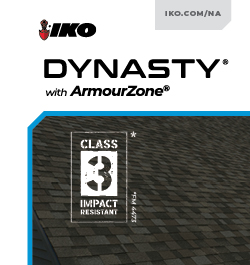
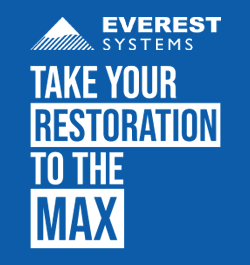
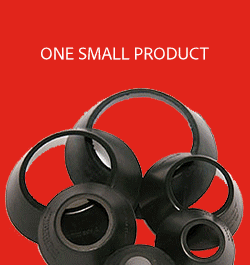










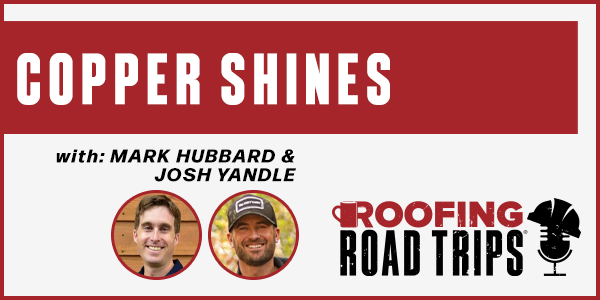

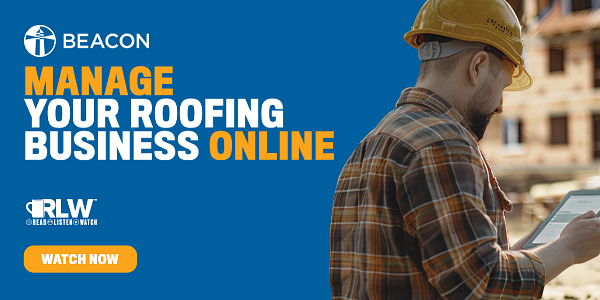



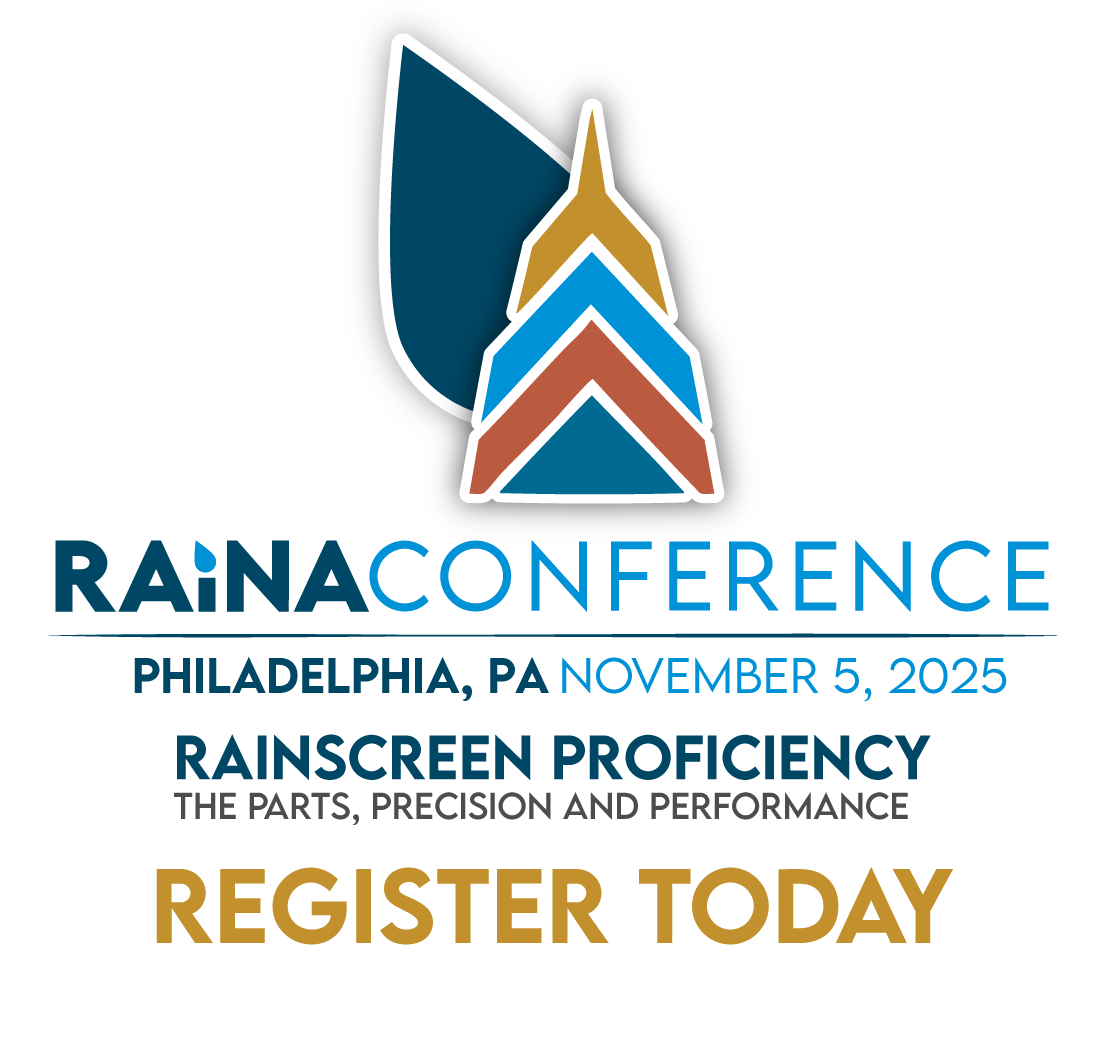



Comments
Leave a Reply
Have an account? Login to leave a comment!
Sign In